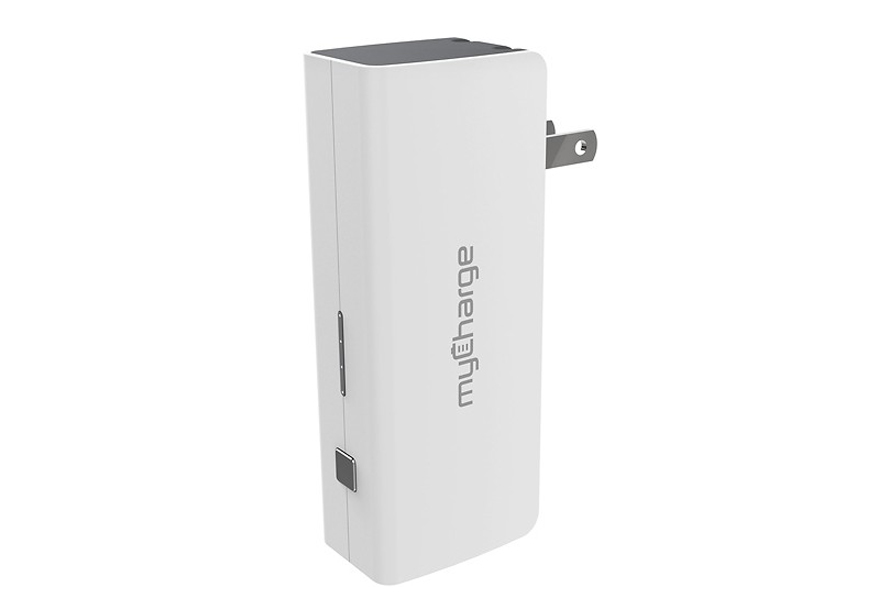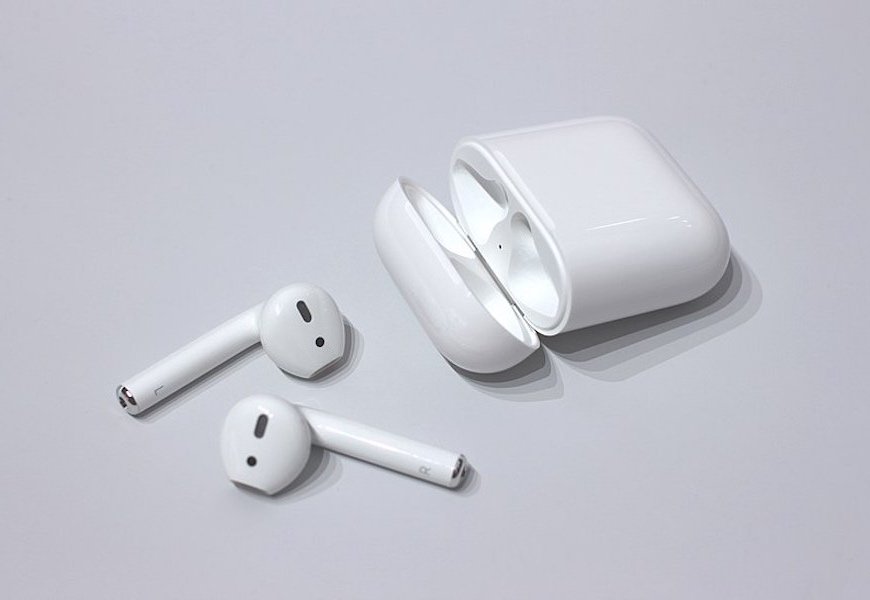The future is now, according to the good folks at Uber. Earlier today, the popular ride-share app announced that it has hired former NASA engineer, Mark Moore, to help make the dream of flying cars a reality. It’s an intriguing move for the tech giant, but one that was teased last October in an official press release. Company spokespeople presented a statement about their lofty goals in late 2016, outlining an ambitious blueprint for the next decade. “Imagine traveling from San Francisco’s Marina to work in downtown San Jose — a drive that would normally occupy the better part of two hours — in only 15 minutes,” Uber product officers said. “What if you could save nearly four hours round-trip between São Paulo’s city center and the suburbs in Campinas? Or imagine reducing your 90-plus-minute stop-and-go commute from Gurgaon to your office in central New Delhi to a mere six minutes.” While it seems a little too wild for our earthly standards, it’s something that the transportation service is hard at work trying to actualize.
Formally titled, Uber Elevate, the service is a giant leap from the brand’s recent armada of self-driving cars. Those aforementioned vehicles have experienced a few of their own flaws lately, so let’s hope when Elevate debuts in the near future, it can live up to the hype. There are many reasons to get excited about the potential for flying taxis, but perhaps the most amazing feature would be the elimination of travel time .”On-demand aviation, has the potential to radically improve urban mobility, giving people back time lost in their daily commutes,” the October release reads. “Uber is close to the commute pain that citizens in cities around the world feel. We view helping to solve this problem as core to our mission and our commitment to our rider base. Just as skyscrapers allowed cities to use limited land more efficiently, urban air transportation will use three-dimensional airspace to alleviate transportation congestion on the ground.” With Mark Moore now on board, Uber plans to get things up and running sooner rather than later. There has yet to be an official word about an exact release date, so until then, keep updating your smartphone app.












